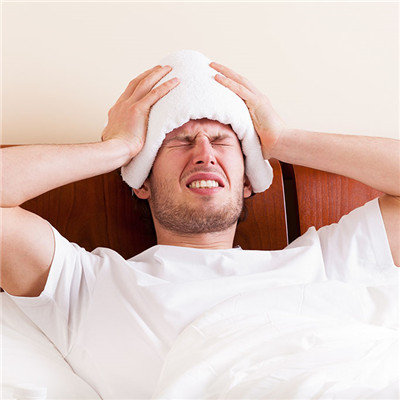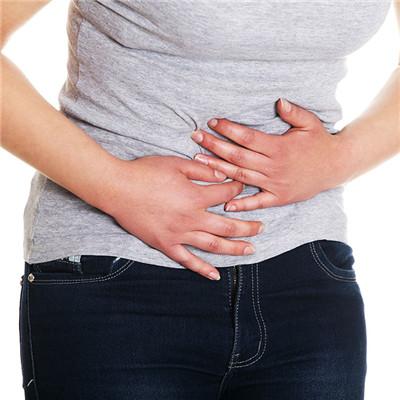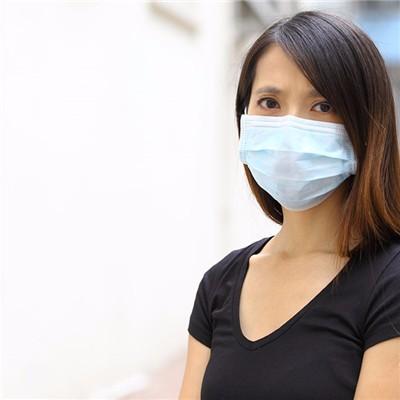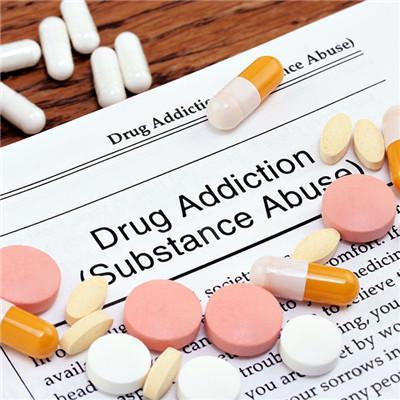How is fingernail tinea treated?
summary
Onychomycosis, commonly known as "manicure", refers to the disease caused by dermatophytes invading the deck or under the nail. Onychomycosis is caused by dermatophytes, yeasts and non dermatophytes. How is fingernail tinea treated? Let's talk about it
How is fingernail tinea treated?
Surgical removal of nail is suitable for single nail. Under local anesthesia, the affected nail is removed. The wound is large, bleeding and easy to cause infection. After the operation, the patients usually feel more pain and are easy to re infect and relapse, so it is rarely used in clinic. Heart disease, hypertension, diabetes and other patients should not be treated by surgery.
The medicine is suitable for multiple fingernails. For example, take orally terbinafine 250 mg daily for 6-12 weeks; Itraconazole 400mg / day, continuous 7 days, rest 21 days as a course of treatment, lasting 3-6 courses; Fluconazole 150mg was taken once or twice a week for more than 4 months. It can cure more than 80% of onychomycosis and onychomycosis. However, this kind of drug must reach the deck where the fungus parasitizes in order to have antibacterial effect. The dosage is large and the medication time is long, so the adverse drug reactions should be monitored regularly.
30% glacial acetic acid or 10% glacial acetic acid, once a day, lasting for more than 3-6 months. If the nail is thinned before application, the curative effect will be better. Pay attention to protect the skin around nail with mild ointment before applying nail;
matters needing attention
High protein diet: high protein diet is necessary to maintain healthy nails, egg yolk is a good source of protein. Oatmeal, stone fruit, seed, grain and bean products are rich in plant protein.













